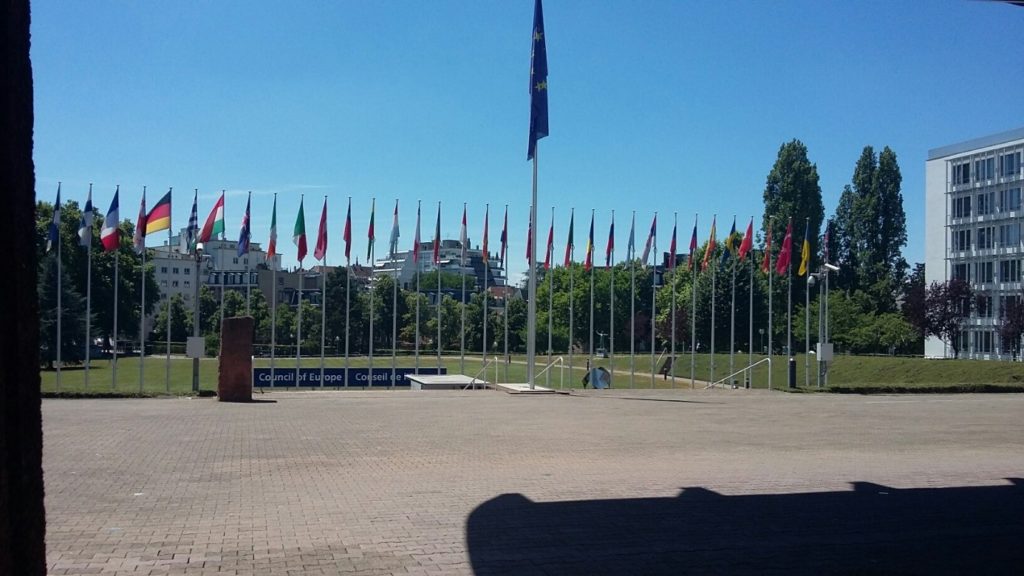
 “A 22-year-old woman from El Salvador was trying to reach her family in the USA, seeking help from a “cojote” for the travel. In El Salvador, she left her parents and a 5-year-old daughter. On the way, in Mexico, the young women was abducted and trafficked for sexual exploitation. She was able to escape the traffickers and to find refuge in a protected shelter in Tapachula (Chapas, Mexico). The girl cannot return to her home country because the traffickers know where she is coming from and the trafficker threatened her with death. The solution is a humanitarian visa to protect her life”.
“A 22-year-old woman from El Salvador was trying to reach her family in the USA, seeking help from a “cojote” for the travel. In El Salvador, she left her parents and a 5-year-old daughter. On the way, in Mexico, the young women was abducted and trafficked for sexual exploitation. She was able to escape the traffickers and to find refuge in a protected shelter in Tapachula (Chapas, Mexico). The girl cannot return to her home country because the traffickers know where she is coming from and the trafficker threatened her with death. The solution is a humanitarian visa to protect her life”.
Thousands of people around the globe are daily committed to identify, rescue and protect human trafficking victims among people on the move. It is not enough!
Migrants and refugees are among the most vulnerable people for trafficking and exploitation, both during the journey and when they arrive in the country of destination.
Their vulnerability is growing because of the absence of sufficient legal and safe migration pathways. Many migrants and refugee-seekers are trafficked and subjected to abuse and exploited in transit and in the countries of their destination.

Several faith-based organizations work closely with vulnerable populations, especially the migrants and refugees, and they have identified several victims of trafficking among these populations.
Women and girl refugees and migrants are most vulnerable to trafficking and are subject to sexual exploitation. Trafficking of women and girls for forced labor and sexual exploitation is one of the fastest growing areas of international criminal activity, taking in an estimated $32 million per year.[1]
The UN World Day Against Trafficking in Persons provides an opportunity to invite all governmental, non-governmental and UN organizations to:
- Strengthen the initiatives of all the stakeholders working with migrants and refugees in order to more easily identify victims of trafficking, mainly in the border regions and refugee’s camps;
- Improve the protection of survivors of trafficking among people on the move, increasing the number of places in shelters and
- Intensify collaboration and networking, involving more faith-based organizations committed against trafficking in persons.
‘’Together we fight for dignity, work for change and celebrate hope.
Together we can end human trafficking.
Join us.’’
[1] http://www.unodc.org/unodc/en/human-trafficking/global-report-on-trafficking-in-persons.html


.png)













